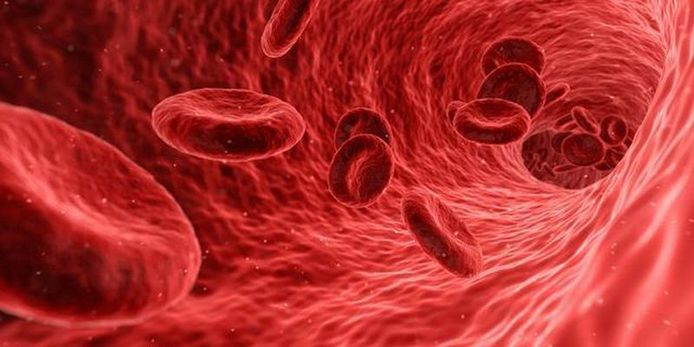Calls Now Open
2024 ADDF-Harrington + 2025 Harrington Scholar-Innovator Programs
April 14, 2023
By Gretchen Cuda Kroen, cleveland.com
CLEVELAND, Ohio — A local scientific discovery may soon breathe new life into patients starved of oxygen.
Researchers at University Hospitals and Case Western Reserve University School of Medicine have found a promising new method for delivering oxygen to tissues damaged by disease by coupling nitric oxide, which dilates blood vessels, with the oxygen carrying molecule hemoglobin.
It’s one of the great challenges of cardiovascular medicine: how to deliver oxygen to tissues that aren’t getting enough through the blood. It’s a common problem in a number of different diseases that affect millions of people, including peripheral artery disease, sickle cell disease, heart failure, stroke, emphysema and many others.
In these cases, the problem isn’t the availability of oxygen. Instead, it’s that increasing oxygen levels in the blood doesn’t translate into similar increases in oxygen delivery to the places where it’s needed.
“We have a major mystery in medicine,” explained Dr. Johnathan Stamler, professor of medicine and biochemistry at UH and Case Western Reserve School of Medicine.
“Even when people die from ‘low oxygen’ they still have lots of oxygen left in the bloodstream. Yet medications that increase blood flow are unable to increase oxygen delivery. There are millions of patients across both major and rare diseases that have disorders of oxygen delivery, and we have no way to improve that situation.”
However, Stamler and his colleagues at Harrington Discovery Institute at University Hospitals and Case Western Reserve University School of Medicine have recently demonstrated that they can restore blood flow and oxygenate tissues using a modified version of the oxygen carrying molecule hemoglobin.
The molecule, termed S-nitrosohemoglobin, uses hemoglobin to carry nitric oxide to areas of poor circulation instead. Once there, nitric oxide senses areas with insufficient oxygen, and then triggers blood vessels to expand, restoring blood flow for oxygenation.
They also found that naturally occurring levels of S-nitrosohemoglobin were correlated to the amount of tissue oxygenation. Areas where oxygen levels were poor had low levels of S-nitrosohemoglobin, whereas well-oxygenated tissues had high levels of S-nitrosohemoglobin.
The study was published in the journal PNAS.

In a new study published in PNAS, investigators at Harrington Discovery Institute and Case Western Reserve School of Medicine showed that a modified version of hemoglobin, termed S-nitrosohemoglobin, senses areas with insufficient oxygen, and then restores blood flow for oxygenation (UH, Public Domain)
“This study shows that you must vasodilate through hemoglobin if you want to get oxygen to tissues, because hemoglobin knows precisely where in the body oxygen is low, and then it adjusts itself to give off the vasodilator nitric oxide in proportion to need,” Stamler said. “Other vasodilators dilate vessels everywhere, and steal blood flow from places that need it most.”
Stamler and colleagues are currently working to develop drugs that can artificially increase the amount of S-nitrosohemoglobin in the blood for use in patients with circulatory problems. So far they say the drugs are able to increase tissue oxygenation, even when oxygen levels in the blood are low.
“This is an entirely new perspective on tissue oxygenation, and one that hopefully solves a major problem in medicine,” said Stamler.